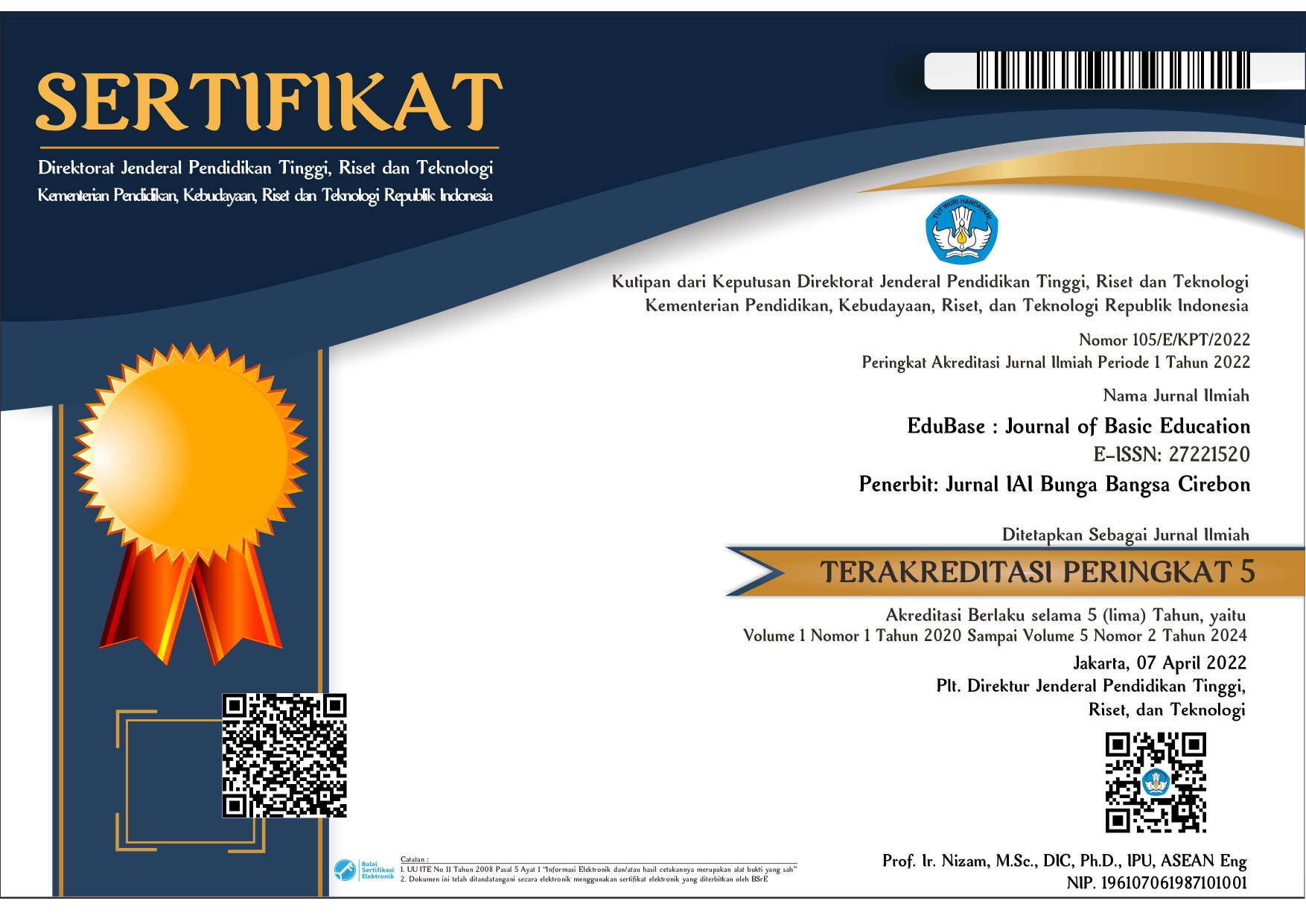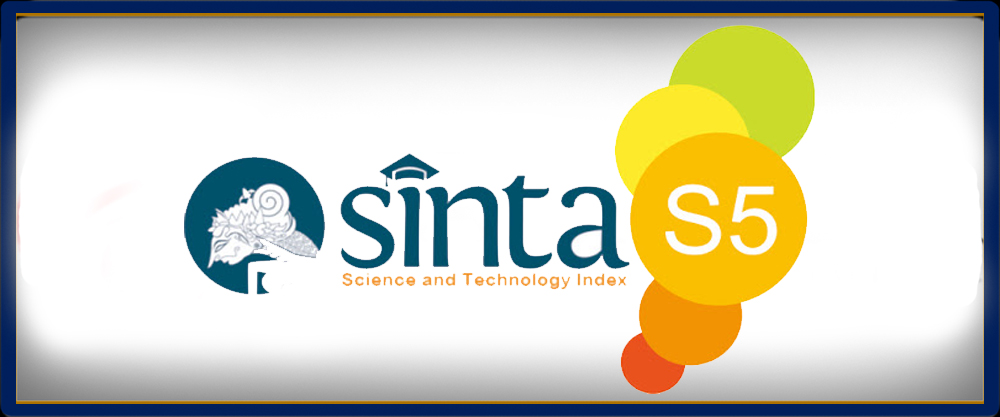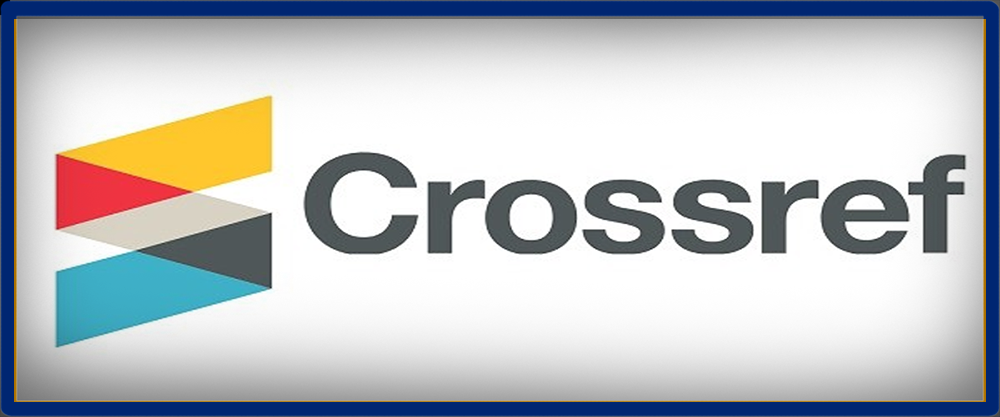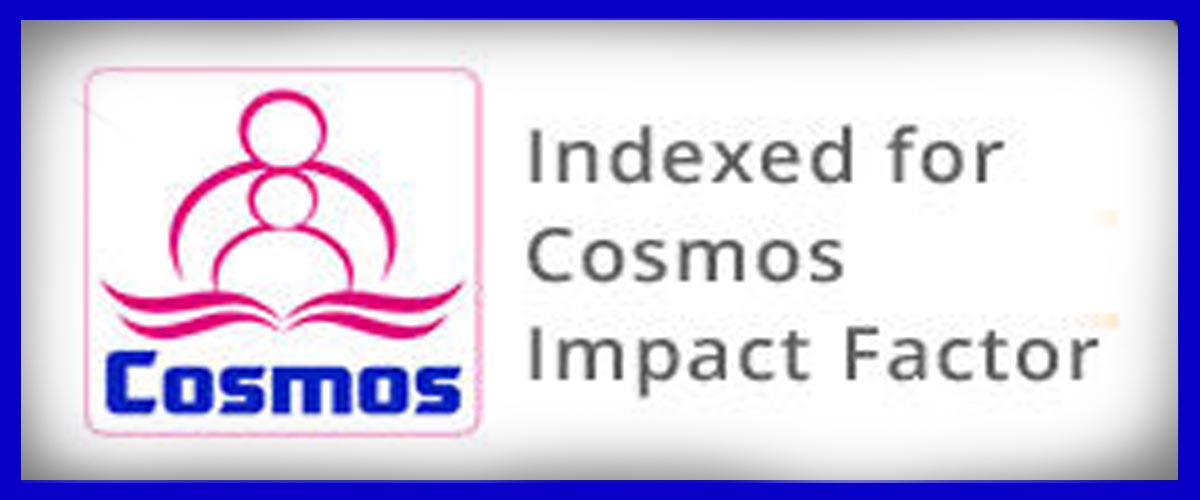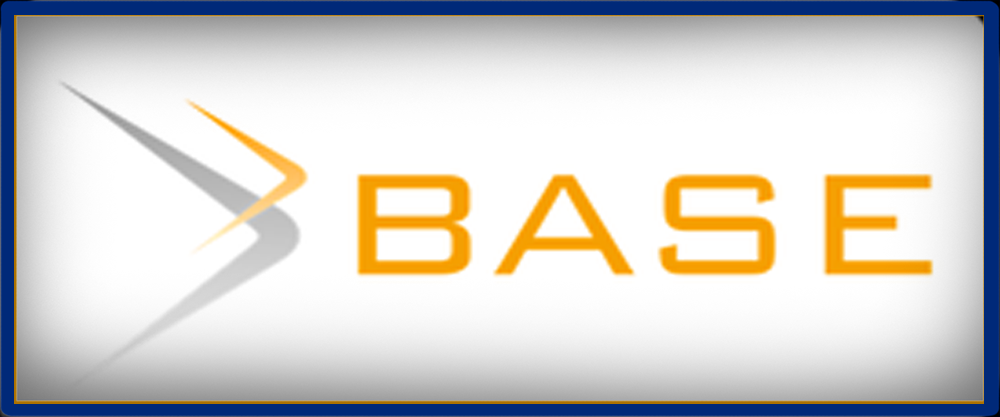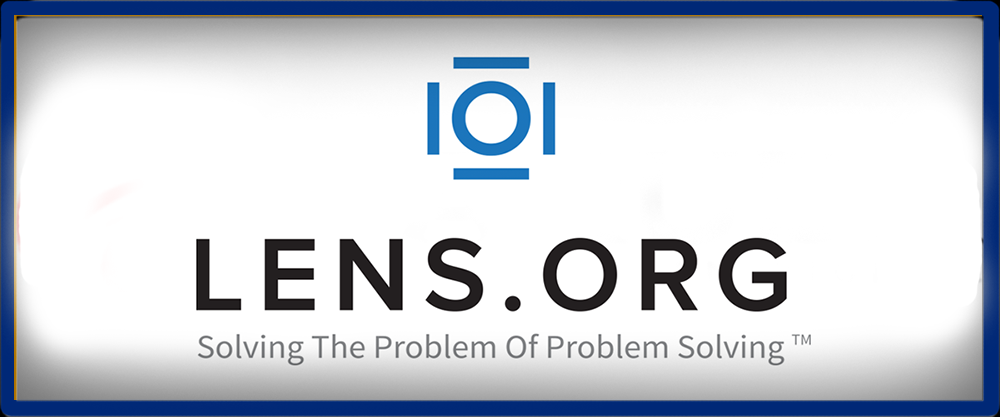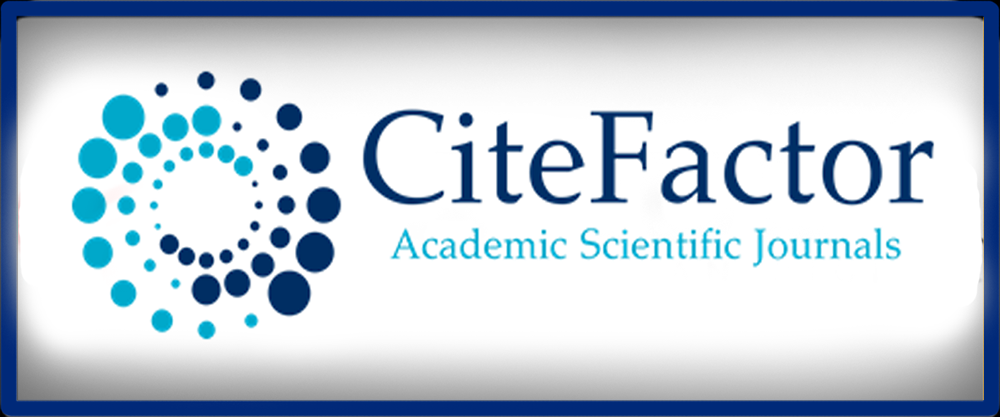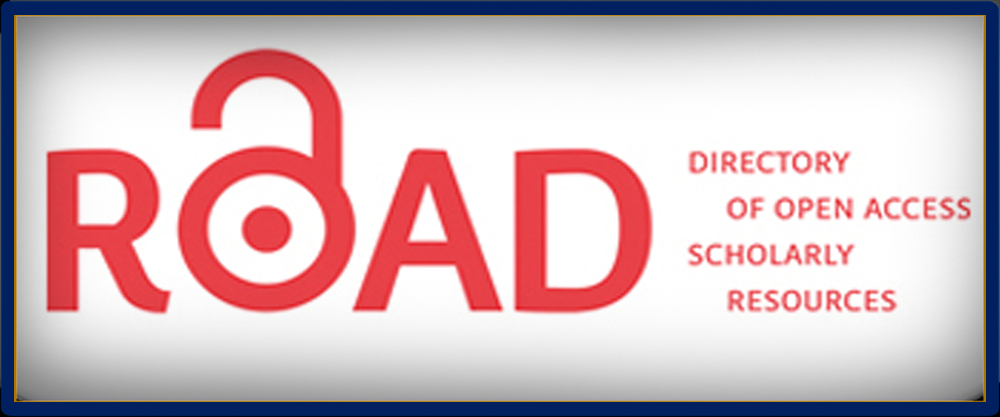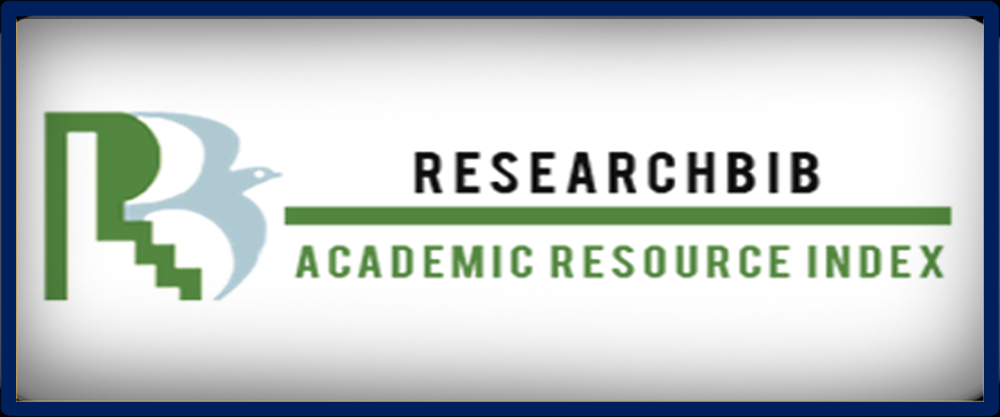Teacher and Parent Communication Patterns in Increasing Student Learning Motivation in Elementary Schools
Abstract
Purpose: This research aims to describe the process, obstacles and solutions to teacher-parent communication patterns in increasing student learning motivation during the pandemic in grade 3 elementary school. Methods: This type of research is field research using Grounded Theory. Participants in this research were 20 parents and students as well as two teachers at an elementary school in Jepara. Data collection was carried out by interviews, observation and documentation with primary data sources including homeroom teachers, parents and students. The validity of the data uses a credibility test with triangulation techniques. Researchers carry out data analysis using several stages, namely problem formulation, use of theoretical studies (if necessary), data collection and sampling, data analysis, and drawing conclusions. Results: The results of the research show that: 1) Teacher and parent communication patterns in increasing student learning motivation during the pandemic in grade 3 elementary school are divided into three forms, namely: One-stage communication pattern, the communication pattern carried out by parents does not provide feedback to Teacher. Two-stage communication pattern: communication between teachers and parents has feedback. In the three-stage communication pattern, the communication carried out has feedback, and the communicant here can convey the information he obtains to other people. 2) Barriers to communication patterns, namely parents as communicants do not immediately provide feedback, and sometimes the feedback does not match the message conveyed by the teacher. 3) The solution is that parents must take the initiative in giving messages. Motivate children to be patient, open and empathetic, provide religious education as early as possible, and provide encouragement. Conclusion: This research reveals communication patterns between teachers and parents to increase student learning motivation during the pandemic. Communication patterns are divided into three stages, with challenges such as delayed feedback from parents. Thus, it is necessary to involve parents proactively, to take communication initiatives, form patience and empathy in children, provide religious education as early as possible, and provide ongoing support, thereby creating an environment that supports student motivation and learning.
Downloads
References
Arini, N. W. (2020). Pentingnya Komunikasi Guru Dengan Orang Tua Dalam Membangun Karakter Peserta Didik. Guna Widya?: Jurnal Pendidikan Hindu, 7(2), 154–159.
Bai, S., Hew, K. F., & Huang, B. (2020). Does gamification improve student learning outcome? Evidence from a meta-analysis and synthesis of qualitative data in educational contexts. Educational Research Review, 30, 100322.
Calearo, L., Marinelli, M., & Ziras, C. (2021). A review of data sources for electric vehicle integration studies. Renewable and Sustainable Energy Reviews, 151, 111518.
Charmaz, K., & Thornberg, R. (2021). The pursuit of quality in grounded theory. Qualitative Research in Psychology, 18(3), 305–327.
Dewi, E. R., & Alam, A. A. (2020). Transformation model for character education of students. Cypriot Journal of Educational Sciences, 15(5), 1228–1237.
Dong, C., Cao, S., & Li, H. (2020). Young children’s online learning during COVID-19 pandemic: Chinese parents’ beliefs and attitudes. Children and Youth Services Review, 118, 105440.
Herliandry, L. D., Nurhasanah, N., Suban, M. E., & Kuswanto, H. (2020). Pembelajaran Pada Masa Pandemi Covid-19. JTP-Jurnal Teknologi Pendidikan, 22(1), 65–70.
Iivari, N., Sharma, S., & Ventä-Olkkonen, L. (2020). Digital transformation of everyday life–How COVID-19 pandemic transformed the basic education of the young generation and why information management research should care? International Journal of Information Management, 55, 102183.
Laigaard, J., Pedersen, C., Rønsbo, T. N., Mathiesen, O., & Karlsen, A. P. H. (2021). Minimal clinically important differences in randomised clinical trials on pain management after total hip and knee arthroplasty: a systematic review. British Journal of Anaesthesia, 126(5), 1029–1037.
Mukul, E., & Büyüközkan, G. (2023). Digital transformation in education: A systematic review of education 4.0. Technological Forecasting and Social Change, 194, 122664.
Muslih, B. (2020). Urgensi Komunikasi dalam Menumbuhkan Motivasi di Era Pandemi COVID-19. PENATARAN: Jurnal Penelitian Manajemen Terapan, 5(1), 57–65.
Nuriman. (2023). Memahami MeTodologi Studi Kasus Grounded Theory Dan Mixed-Method. Kencana Prenada Media Group.
Qureshi, H. A., & Ünlü, Z. (2020). Beyond the paradigm conflicts: A four-step coding instrument for grounded theory. International Journal of Qualitative Methods, 19, 1609406920928188.
Rejikumar, G., Ajitha, A. A., Jose, A., & Mathew, S. (2021). Strategic positioning of tourist destinations-analyzing the role of perceived meaningfulness. Journal of Hospitality and Tourism Management, 49, 140–151.
Szymkowiak, A., Melovi?, B., Dabi?, M., Jeganathan, K., & Kundi, G. S. (2021). Information technology and Gen Z: The role of teachers, the internet, and technology in the education of young people. Technology in Society, 65, 101565.
Triwardhani, I. J., Trigartanti, W., Rachmawati, I., & Putra, R. P. (2020). Strategi Guru dalam membangun komunikasi dengan Orang Tua Siswa di Sekolah. Jurnal Kajian Komunikasi, 8(1), 99–113. https://doi.org/10.24198/jkk.v8i1.23620
Wesarg-Menzel, C., Ebbes, R., Hensums, M., Wagemaker, E., Zaharieva, M. S., Staaks, J. P. C., van den Akker, A. L., Visser, I., Hoeve, M., & Brummelman, E. (2023). Development and socialization of self-regulation from infancy to adolescence: A meta-review differentiating between self-regulatory abilities, goals, and motivation. Developmental Review, 69, 101090.
Wittenberg, E., Goldsmith, J. V, Chen, C., Prince-Paul, M., & Johnson, R. R. (2021). Opportunities to improve COVID-19 provider communication resources: A systematic review. Patient Education and Counseling, 104(3), 438–451.
Xu, J. J., & Babaian, T. (2021). Artificial intelligence in business curriculum: The pedagogy and learning outcomes. The International Journal of Management Education, 19(3), 100550.
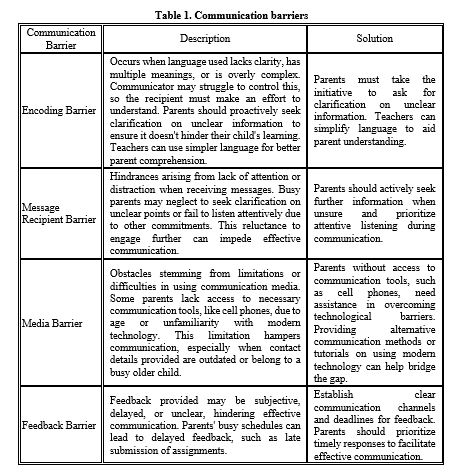

This work is licensed under a Creative Commons Attribution-NonCommercial-NoDerivatives 4.0 International License.

